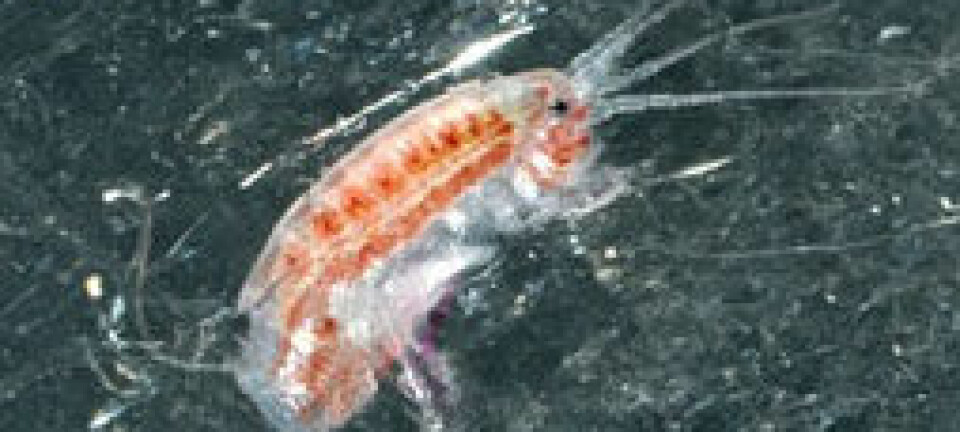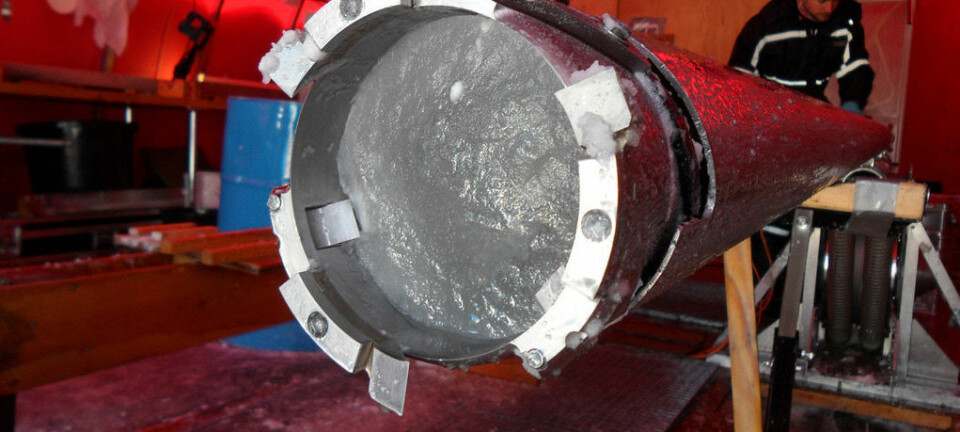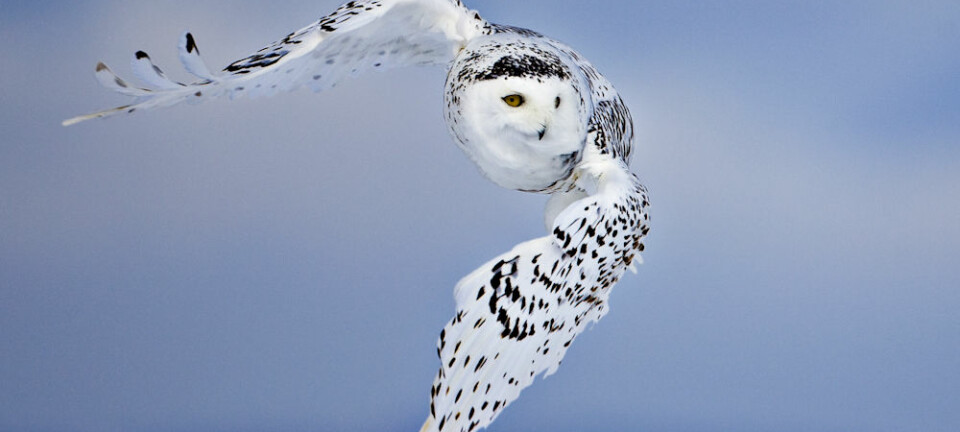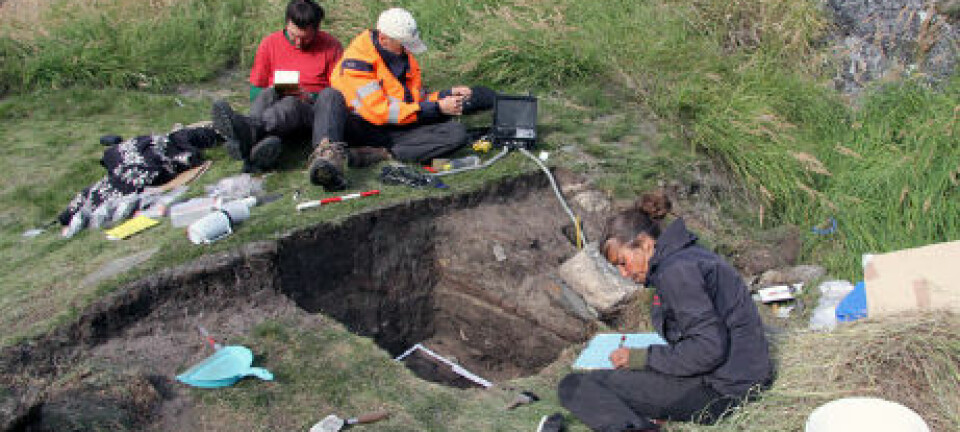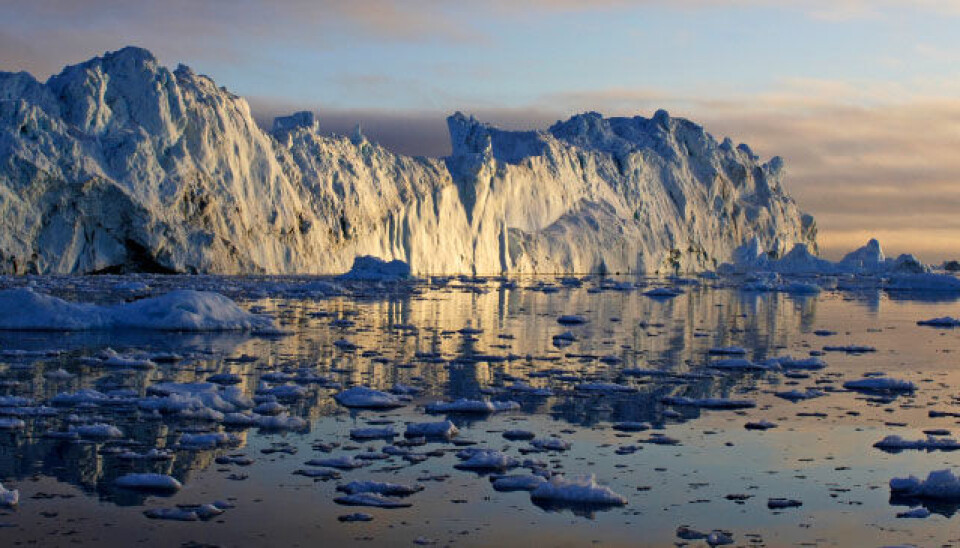
Greenland meltdown could slow down
The dramatic rate of melting and ice discharge from Greenland's glaciers could decelerate, but researchers aren’t calling it good news.
Denne artikkelen er over ti år gammel og kan inneholde utdatert informasjon.
“We know that the Greenland ice sheet is continuing to lose mass, not just because of surface melting, but also because glaciers are flowing faster,” says Faezeh M. Nick, from the University Centre in Svalbard (UNIS).
Nick has been the leader of a new international study of how climate change can affect Greenland’s glaciers and how this will affect sea level rise.
“We know quite a lot about how surface melting will respond to global warming. But the question of how much ice the glaciers will transport out to sea is still uncertain,” she says.
She and seven other researchers used a new model to simulate the effect of the changing climate on the Petermann, Kangerdlugssuaq, Helheim and Jakobshavn Isbræ glaciers out to the year 2200. These four glaciers transport ice from more than 20 percent of the Greenland ice sheet.

Nick and fellow researchers now report in a publication in Nature magazine that the present record-breaking loss of ice will probably not continue over a long period.
The scientists believe that future melting rates will be both lower and more certain than previous estimates.
Three kilometres thick
Roughly 80 percent of Greenland is covered in ice. At its thickest, the ice sheet is three kilometres deep. This adds up to over two million cubic kilometres of ice.
Climate change can affect the Greenland ice sheet over the short term. The ice has shrunk alarmingly fast over the last few decades. Many scientists fear this trend will accelerate with the pace of global warming.
More certain than pure extrapolation
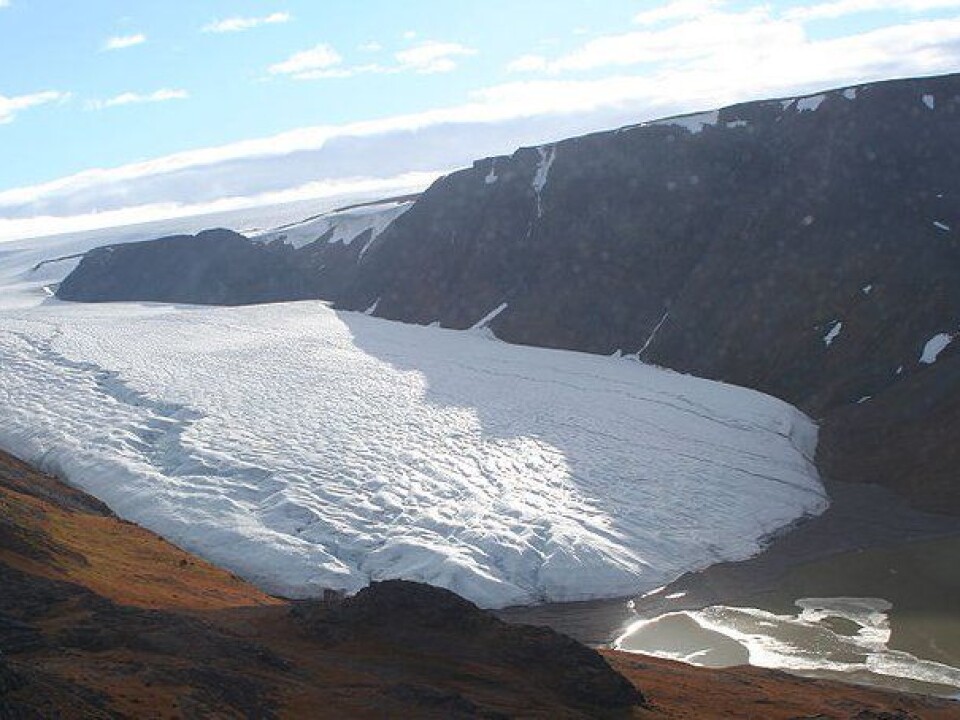
The researchers investigated several different kinds of climate effects on the glaciers. Sea ice can act as a brake, stabilizing glaciers by holding back the glacial front, but global warming can take the foot off the brake. As seawater heats up, sea ice melts and thins out.
Warmer air can melt surface ice and produce more runoff. This water can accumulate in crevasses and increase calving. If there is enough water, it can flow beneath the glacier and act as a lubricant, accelerating the glacier's slide into the sea.
All these factors make glaciers shrink faster and faster, but this doesn’t have to happen.
Although global warming will certainly lead to periods when glaciers retreat faster, calving accelerates and huge amounts of ice disappear, computer simulations suggest that these periods will be relatively short. The scientists say this means we cannot simply extrapolate the current accelerating trend into the future.
“Previous estimates were mainly based on extrapolations of the changes over the past ten years, with the supposition that these trends would continue. Our study is the first based on the physics of these glaciers and is thus more accurate than a simple extrapolation,” explains Nick.
Two scenarios
Nick and her colleagues developed a model that was calibrated to match the actual changes in the ice that have been measured by scientists over the last decade. They then used the model to simulate two climate change scenarios.
The more moderate of these involves a global warming of 2.8° C by 2100. The more extreme scenario uses a 4.5° C warming to make its predictions.
“A crucial fact is that these two scenarios are equally probable. So the extreme variation could be more correct than the more moderate one. This is rather frightening when we find that the warmer scenario results in a 50 percent greater loss of ice from the Greenland glaciers by the end of the 22nd century,” says Nick.
Good and bad news
The total loss of ice from the four glaciers alone in the moderate scenario will raise sea levels by 8.5 to 13 millimetres by the year 2100. In the more extreme scenario, the rise due to the melting of the glaciers will be between 11 to 17.5 millimetres.
If we look ahead another century, by 2200 the Greenland glaciers will contribute between 18.5-30mm and 29-49mm to sea level rise respectively for the two warming scenarios. This is lower than estimates that have been made by pure extrapolation from today’s developments, which fail to account for much of the dynamics. But Nick isn’t touting these findings as felicitous.
“I would call this bad news. We now know for certain that melting is not only occurring on the surface, but that there is also an extra effect from the ice moving faster, and this effect is nearly equivalent to that of surface melting. The numbers were higher before, but they were buffered by more uncertainty,” she says.
-------------------------
Read the Norwegian version of this article at forskning.no
Translated by: Glenn Ostling







